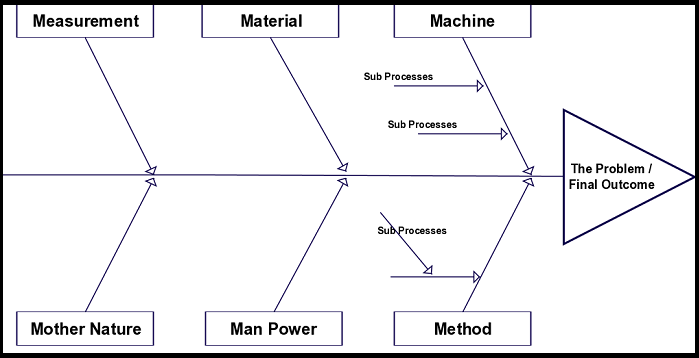Random Sample
A simple random sample is a subset of a statistical population in which each member of the subset has an equal probability of being chosen. An example of a simple random sample would be the names of 25 employees being chosen out of a hat from a company of 250 employees.
Root Cause Analysis
Root Cause Analysis is a process or procedure that helps guide people to discover and understand the initiating causes of a problem, with the goal of determining missing or inadequately applied controls that will prevent recurrence.
Reliability
The ability of an apparatus, machine, or system to consistently perform its intended or required function or mission, on demand and without degradation or failure.


